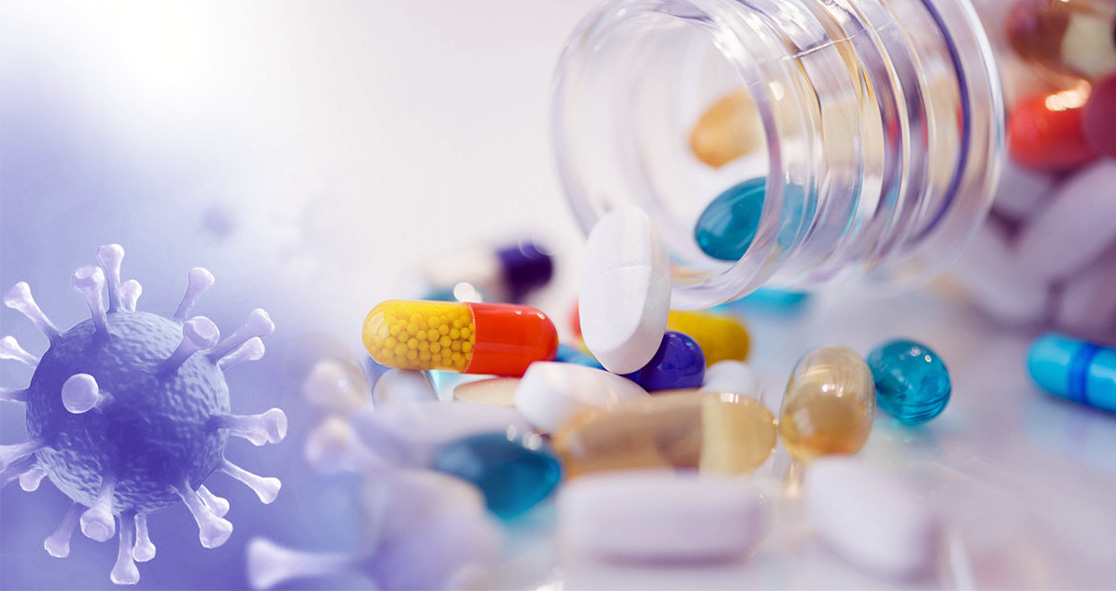Repurposing or repositioning drugs is a practice of finding new indications or uses for old medications. This practice is not new.
For instance, the famous little blue pill Viagra, which contains sildenafil citrate, was originally developed for the treatment of pulmonary arterial hypertension (PAH), a condition characterized by high blood pressure in the lungs. The US Food and Drug Administration approved Viagra in 1998 to treat erectile dysfunction (ED).
When COVID-19 became a global problem last year, researchers across the world started finding any treatment that could help against the coronavirus that has still been affecting and killing people.
Developing a new drug, testing it, and getting approval from the FDA is a lengthy process and the world has not time to wait, in fact, it still does not have.
Many researchers started looking at existing drugs for the purpose of repositioning in an attempt to find a safe and effective COVID-19 treatment.
Dr. David Fajgenbaum, an immunologist at the University of Pennsylvania, said, “The advantage of drug repurposing is that that drug is already approved. It’s already gone through the regulatory process to show that it’s safe and effective for something. So if you can find additional uses for that drug, you already know there’s a good safety profile.”
“It’s just a matter of matching the right drug to the right disease,” he added. “Thankfully, there are over 2,000 drugs that are already approved by the FDA for at least one disease, and we’ve learned that there are many other diseases that those drugs can also be repurposed for.”
He has “dedicated [his whole] life towards advancing drug repurposing” for diseases that have no specific treatments.
Dr. Fajgenbaum became ill with Castleman disease, one of the rare autoimmune disorders that can trigger a cytokine storm, just like it happens in COVID-19. He found his own treatment while repurposing a drug.
He said, “I’m actually alive today because of a drug that was developed 30 years ago for another condition that we identified through a very systematic process and we thought it could help to save my life. Here I am, over seven years later.”
When the COVID-19 pandemic began, Dr. Fajgenbaum realized that the importance of repurposing drugs to fight the crisis.
In March 2020, he gathered his team and said, “This is a disease that has many similarities to Castleman disease. You’ve experienced doing systematic drug repurposing, and frankly, I’m alive today because of it. Let’s apply this approach to COVID,”
Eventually, he launched the CORONA Project. His team started looking for all the information into one database.
He said, “Initially we thought there might be maybe a couple of dozen drugs that would be trialed. It’s incredible — there have now been over 400 different drugs, given to patients with COVID-19.”
A great example, Fajgenbaum said, is dexamethasone, a steroid that has been there for decades and used for the treatment of many conditions. Other examples he gave are baricitinib, colchicine, heparin, intravenous immunoglobulin, and fluvoxamine (an antidepressant).
He said, “There are drugs sitting in the neighborhood pharmacy you could potentially [use as] treatment for you or for someone that you love.” The story was originally published on KITV.























